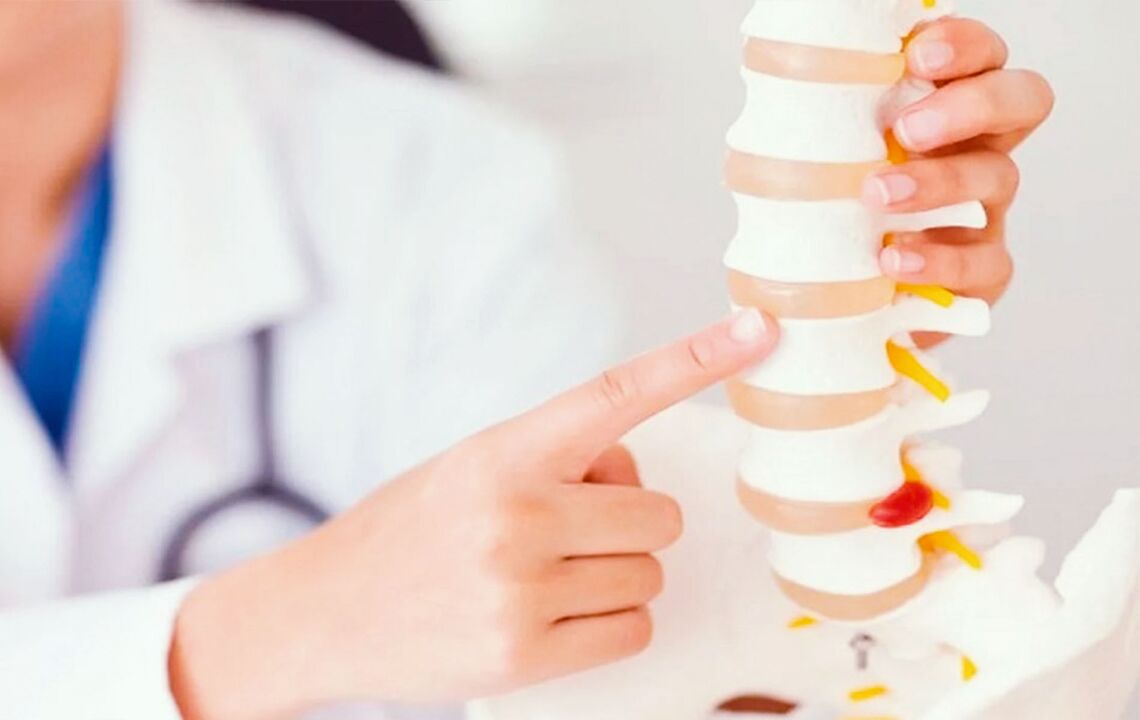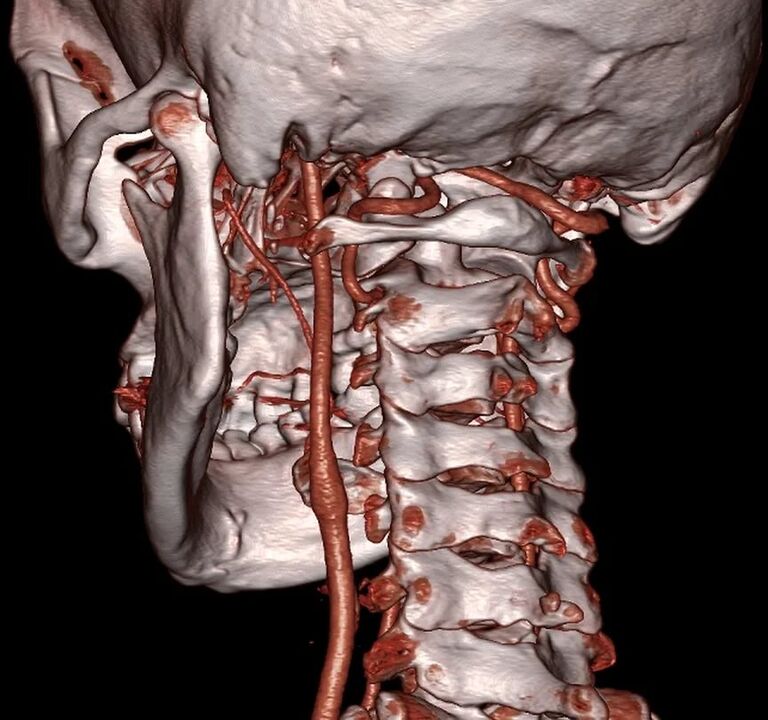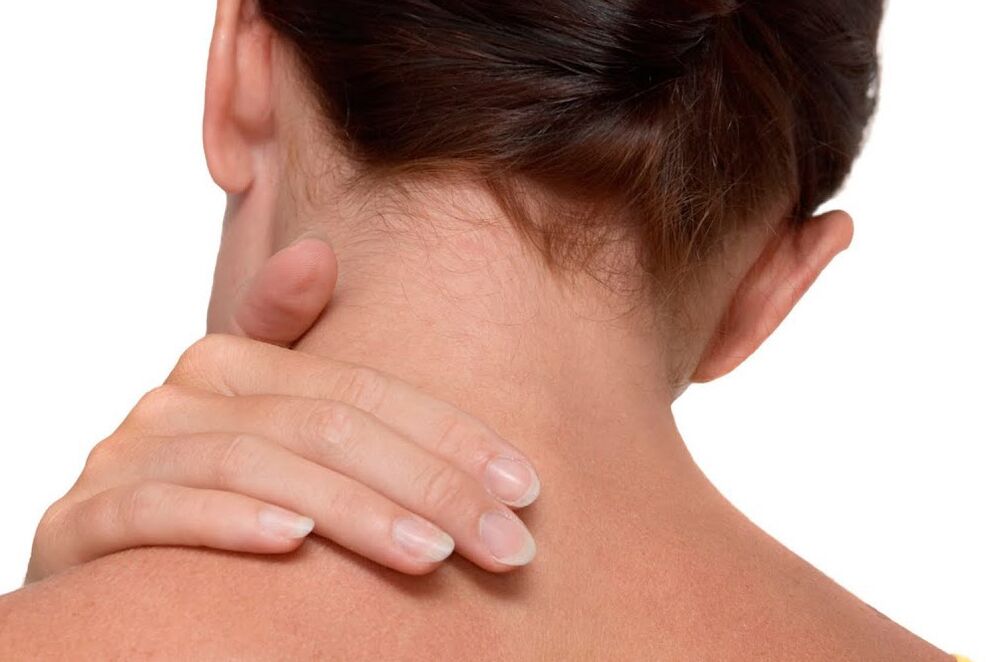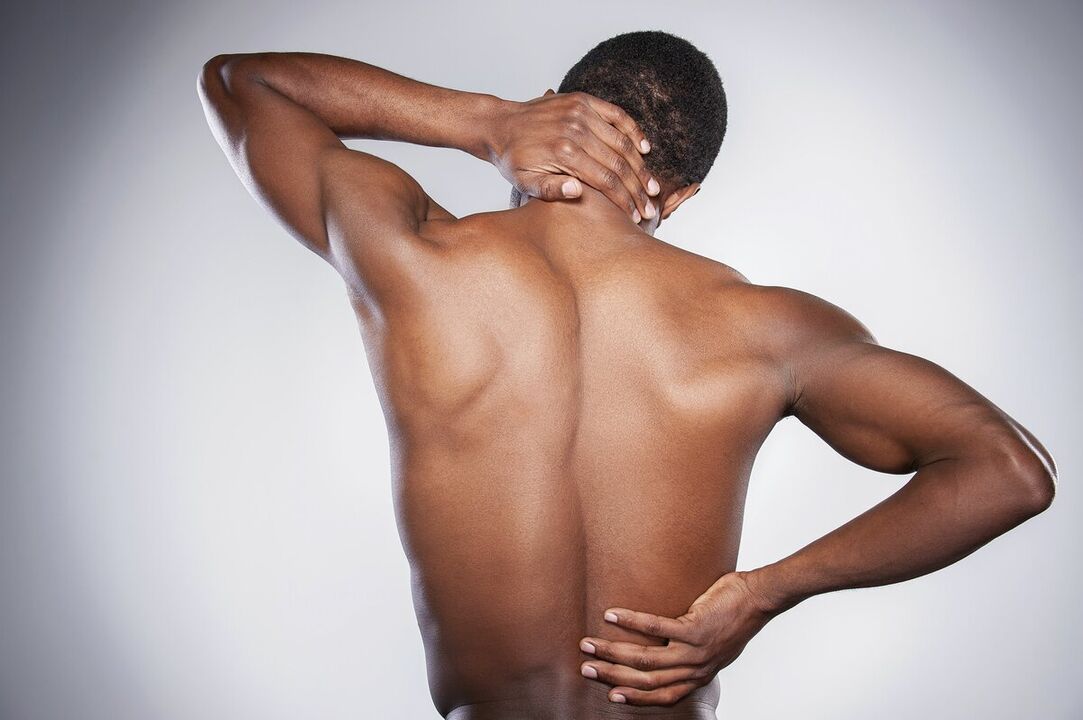Pain appears when you least expect it.Even the most confident person can be confused and intimidated in such situations.The cause of pain is often osteochondrosis.How is osteochondrosis of the cervical spine treated at home and how effective will the treatment be?Let's find out more.
What is osteochondrosis?
Official medical sources interpret osteochondrosis as a degenerative disease that affects the intervertebral disc connected to adjacent vertebrae and joints.The elasticity of the intervertebral joint is disturbed - and the disc becomes thinner.It is necessary to understand how nutrition and metabolic processes occur in intervertebral discs.This structural element is formed by cartilage tissue;There are no blood vessels here.Nutrition diffuses like a pump.When pressure is applied, the lubricant is released and then reabsorbed.If osteochondrosis of the cervical spine appears, exercise therapy, massage and a whole range of therapeutic techniques should be prescribed as soon as possible.
What changes occur in the spine and their symptoms
The following processes occur in the affected joints:
- The nucleus pulposus of the disc loses physiological moisture;
- cartilage loses its shape;
- loses elasticity;
- color changes;
- dries up;
- turns yellow;
- loses resistance to damage.

The result of this is a violation of movement synchrony in the adjacent segments of the spinal column, where the nerve roots are pinched.The main symptoms of degenerative changes will be pain, limited mobility and some forms of paresthesia ("pins and needles", tingling).
All these changes indicate the presence of osteochondrosis.We will talk about how the cervical spine or any other spine behaves later.
Why does osteochondrosis occur?
The causes of the disease include everything that disrupts the nutrition of the disc:
- Stagnation caused by static charges.
- Prolonging awkward positions, especially sitting ones.There is a good proverb: "If you can stand, don't sit; if you sleep, don't stand."
- Fibrous annulus spokes, traumatic effects with fibers.

Common causes include an unbalanced diet, physical inactivity, and insufficient development of the deep muscles that form the muscle corset.The stability of the spine is related to the complex interaction of the bone, muscle and nerve structures of the skeleton.Abdominal and back muscles are antagonists that balance each other.Therefore, the postulate "Movement is life" remains as relevant as ever.Exercises can have an effective effect on osteochondrosis of the cervical spine.Exercise therapy is used both in a clinic and at home.Since the spine consists of several parts, the disease can occur in any of them.Cervical and lumbar regions are most affected.
How does cervical osteochondrosis manifest itself?
Manifestations of osteochondrosis of various localizations are combined into syndromes:
- cervicalgia syndrome (mobility of the shoulder joint, various types of pain);
- cervicocratic (pain in the back of the head, discomfort in the neck, tinnitus, dizziness, palpitations, nausea may occur);
- CervicobRachialgia or scapulohumeral syndrome (pain in the neck, spreading to the shoulder and arm).

If you have aching pain, often at night, with numbness, the diagnosis will most likely be confirmed as osteochondrosis of the cervicothoracic spine.The pain syndrome associated with disorders of this department is called thoracalgia.
Therapeutic exercise at home
How osteochondrosis of the cervical spine is treated with drugs is described in many reference books.However, in most cases, the effect of the drug is short-term.This is where exercise therapy can come to the rescue.

- We stand against the wall and put our head against it.We try to press the wall with maximum force for a few seconds.Then we rest.
- We sit on the table and cross our elbows.When we try to bend our head or turn to the side, we hold our tank in our hands.
- Put your head on the back of your head in your hands.Alternatively, press them with the back of the head, then relax.Do several repetitions lasting up to 10 seconds.
- Hold your head with your palms alternately on one side or the other.
During separation, exercises are performed for no more than 3-4 seconds and with moderate tension.Exercises will help to slow down osteochondrosis of the cervical spine.Home exercises can be started after making sure that they are performed correctly in a medical facility.
Massage without the help of a specialist
If the diagnosis of "osteochondrosis of the cervical spine" is confirmed, massage will be one of the necessary treatment methods.In this case, this is not only a useful, but also an irreplaceable procedure.It is better to take a professional course first and then do simple methods yourself at home.These methods also include the technique of subsequent muscle relaxation.The peculiarity of the method is that the muscles are passively stretched from an extreme position together with massage elements.After warming up the spasming muscles, it is necessary to apply the technique (bath, hot compress, kneading, stroke).

When using self-massage, the same techniques are used as in professional massage.These are shock, kneading, acupressure, patting, vibrating.Massage is done with warm, warm hands.Use massage oil to improve the ride.The sequence of techniques is as follows:
- stroke;
- trituration;
- kneading;
- vibrations (patting, trembling).
A massage that affects osteochondrosis of the cervical spine begins and ends with a stroke.
A little manual therapy
- We sit in a chair with a high back.We hug our heads with our hands, thumbs on the cheekbones (more precisely, in the mounds under the eye sockets).We raise our eyes, breathe in and press the back of our head with our fingers.We hold it for a quarter of a minute, then, carelessly, we lean on the back and relax the muscles of the neck, tilting our head down.We repeat the technique several times.Then we wrap our fingers around the neck, approach the upper part and tilt our head a little forward.We press our fingers to the base of the skull, making a slow rotation with them.Gradually bring your fingers down and down, approaching the trapezius muscle.How osteochondrosis of the cervical spine is treated using excellent therapy can be seen in the following manipulations.
- Lie on your back with your shoulders as low as possible.Place your hand on the painful side, palm down.Under others, bend the back of the head and tilt your head in the direction in front of the problem.While inhaling, tap your head on your finger for 15 seconds.Exhale, relax and pull your head a little more, stretching the sore muscles.

A set of measures for the treatment of osteochondrosis
Unfortunately, it is impossible to completely overcome osteochondrosis of the cervical spine.Treatment at home or in a medical institution should be comprehensive.This includes using:
- pain relievers;
- muscle flow that helps relieve muscle spasms;
- Drugs with chondroselective effects;
- physiotherapeutic procedures;
- massage;
- exercise therapy;
- balanced diet.
After examining the medical literature, certain conclusions can be drawn about how to treat osteochondrosis of the cervical spine, but it is a crime against one's health without professional treatment.


















